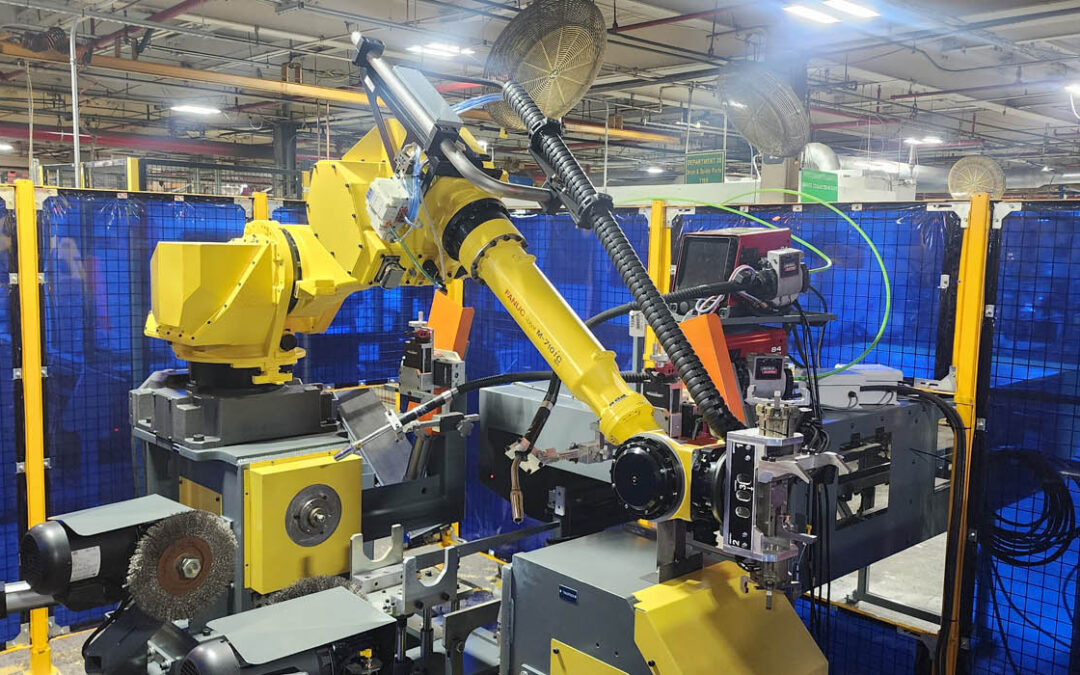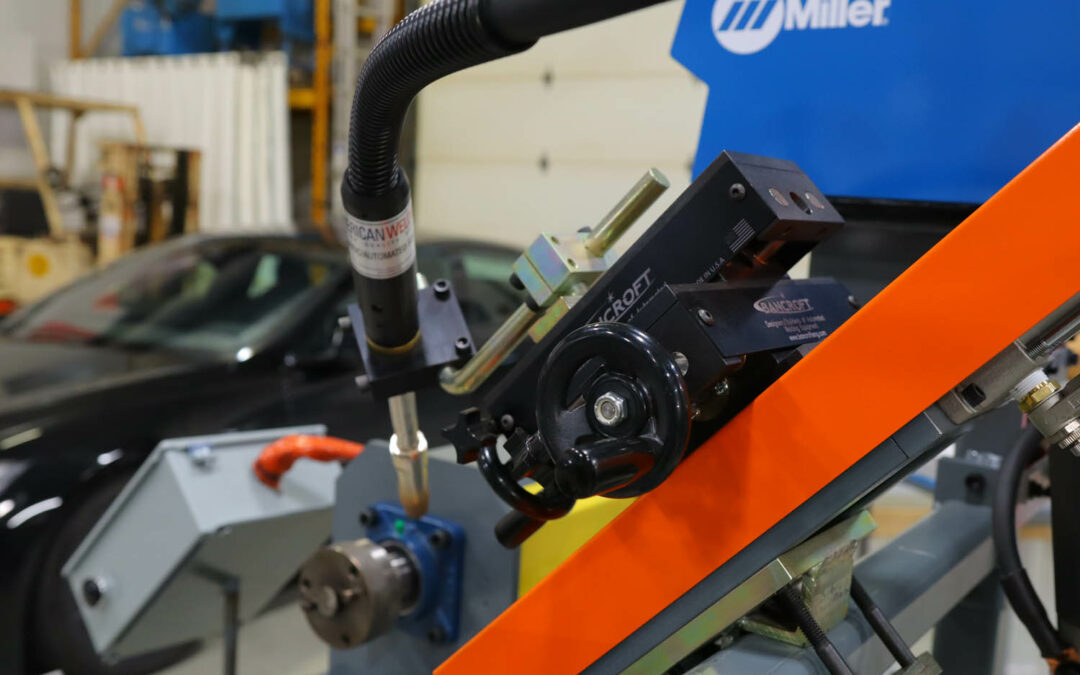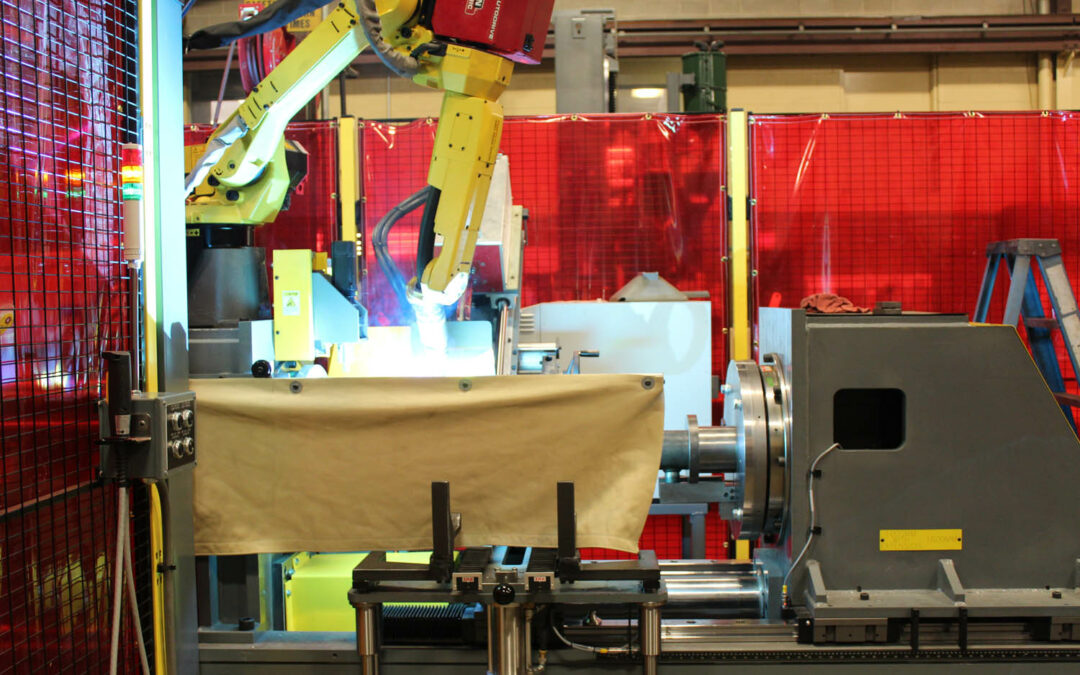Tungsten Inert Gas (TIG) welding stainless steel is an essential operation in multiple industries, but often presents unique challenges due to the material’s distinct properties. Bancroft Engineering, a trusted provider of TIG seam welders and automated welders, presents this comprehensive guide on TIG welding stainless steel with inverters, pulsing, and an argon/hydrogen mix as three essential factors that could improve your TIG welding process.
Understanding Inverter Technology for Maximum Benefit
TIG welding requires precision and finesse which can be challenging without proper control over output current. That is where inverters come into play—these devices enable precision in controlling output current to create cleaner welds when working with stainless steel.
Inverters are particularly beneficial when welding thin stainless steel sheets that require lower amperage. Without one, maintaining an arc may prove difficult—with an inverter in place, you can ensure smooth and precise welds even on delicate steel sheets.
Utilizing Pulsing’s Advantages
Next on our agenda is exploiting the benefits of pulsing, an innovative technique which has revolutionized TIG welding on stainless steel. Pulsing provides better control of heat input to help minimize warping and distortion on thin material like stainless steel.
How Pulsing Works
Instead of maintaining a constant level of current, Pulsing allows it to fluctuate between a high peak current and a lower background current – this affords the welder more control and allows the weld to cool slightly during its lower current phase, thereby decreasing overall heat input and leading to less warping.
Advantage of Argon/Hydrogen Mix
As we come to a close, let’s discuss the advantages of an Argon/Hydrogen Mix for TIG welding stainless steel, where traditionally pure Argon would serve as the shielding gas. However, using a mixture of Argon and Hydrogen may present distinct advantages when welding stainless steel.
Hydrogen gas’s reactive properties enable more concentrated arcs, leading to faster travel speeds and cleaner welds while simultaneously decreasing post-weld cleanup requirements. This combination creates higher travel speeds that provide cleaner welds while decreasing oxidation levels. Hydrogen acts as an excellent reactive gas, increasing travel speeds further while simultaneously creating brighter welds with reduced post-weld cleanup requirements.
Real-World Applications
Bancroft Engineering’s clients have taken full advantage of our techniques. One such project involved TIG welding stainless steel tubes for a medical device manufacturer using our TIG seam welders equipped with built-in inverters, pulse capabilities and an argon/hydrogen mix – we were able to deliver precise welds that exceeded expectations.
For the maximum potential of TIG welding on stainless steel, remember that its quality heavily relies on the skill and experience of its welder. Automated welders will certainly help increase precision and efficiency, but proper training and practice remain indispensable!
Welding Equipment Builders
Utilizing inverters, pulse control and the advantages of an argon/hydrogen mix are three powerful tools to increase TIG welding quality and efficiency. At Bancroft Engineering, our focus is to deliver solutions that make welding stainless steel as seamless as possible – connect with us today to discover how we can enhance your welding operations!



